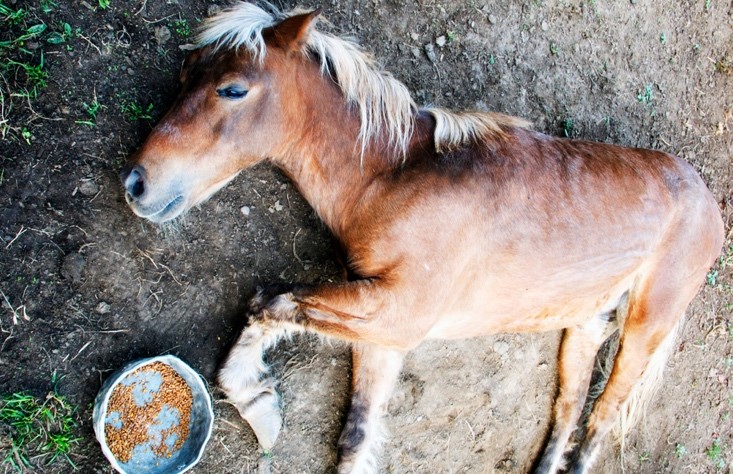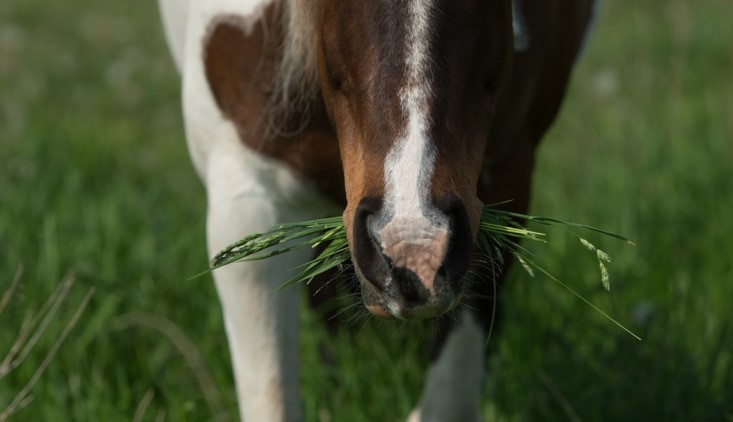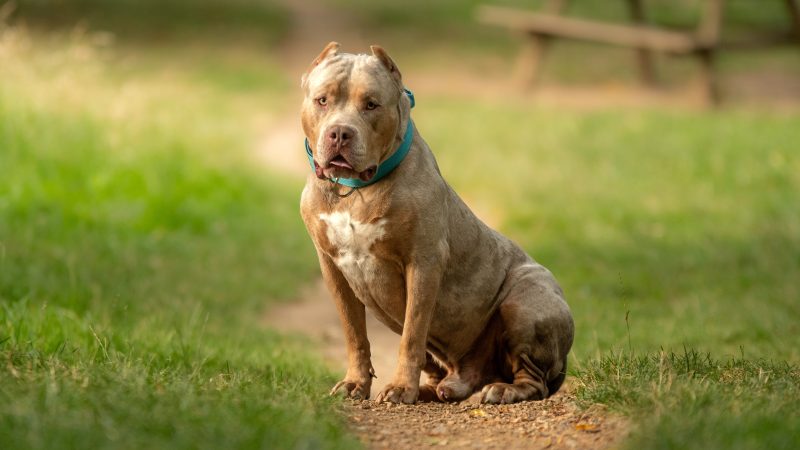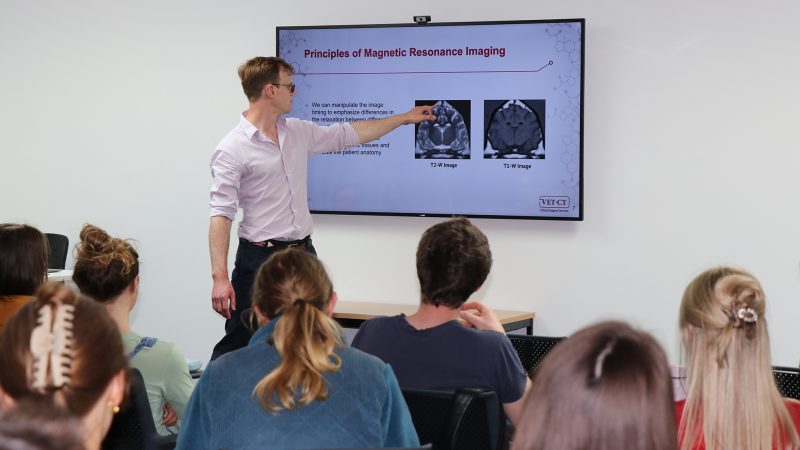Vets report sharp increase in laminitis cases

Charity urges owners to watch for early signs
Rapid grass growth has led to a surge in laminitis cases, the British Horse Society has warned.
The charity said equine vets had reported a sharp increase in cases, of the painful condition, which can permanently damage hooves and in extreme cases prove fatal.
BHS added “the perfect conditions for rapid grass growth” lay behind the rise in cases.
Laminitis affects the sensitive lamellae located inside the horse’s hoof, causing it to stretch, weaken and become damaged.
In extreme cases the pedal bone can even penetrate through the sole, which is excruciatingly painful, with euthanasia often the only option.
Horses carrying excess weight or who have a health condition such as Equine Metabolic Syndrome (EMS) or Cushing’s are at an increased risk and grazing may have to be restricted.

The British Equine Veterinary Association (BEVA) recently launched a second phase pilot project to help increase engagement on the problem, with veterinary professionals guided on how best to address the issue with animal owners.
Early signs of lamintis include:
- Reluctance to turn
- A shortened stride/a stiffened gait
- Shifting weight from foot to foot
- Being careful or ‘footy’ on hard or stony ground and preferring to walk on soft ground
- Change in behaviour and/or temperament
- Reluctance to pick up their feet
- Abnormal heat at the hoof wall or coronet
- A strong digital pulse in the pastern
Owners who spot any of these are urged to contact their vet immediately.







